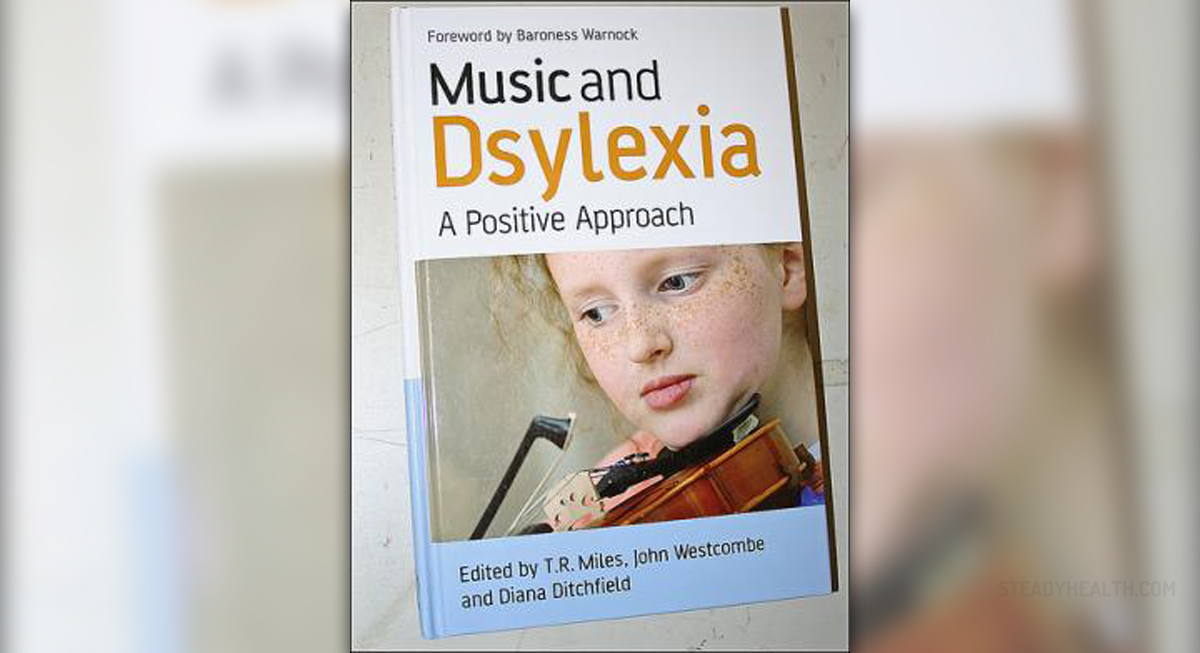
Dyslexia is a disability in which a child cannot read properly and fluently and is experiencing problems with language and words.
A child with the problems of dyslexia reverses letters and often cannot distinguish left and right or up and down. Such a child confuses p and q, b and d, reads n as u, d as q f as t, understands 17 as 71 and write the letters as looking through the mirror.
A dyslexic child puts letters, syllables and the whole words in the wrong order, or omits them so that he or she can mistake act for cat, for example.A dyslexic child has the problems with memorizing alphabets, numbers, months, days. Dyslexic children cannot pronounce the difficult and longer words. Even shorter words present a problem and reads a as and or then as there. A child also add these little words unnecessarily
A worse form of dyslexia is when a child spells and reads in most surprising and bizarre ways adding and making up senseless words. Dr Beve Hornsby has done a research on dyslexia and noted some interesting examples: "Now the children were discussing their new play" a dyslexic child reads as "How the children were designing their new play." A dyslexic child writes the words like "lenaka", "sepedns", and spells may as "mook".
By four, a child talks without any difficulties and has taken in basic vocabulary, all of the consonants and vowels, and can make full sentences.
Sometimes grammatical mistakes occurs, but this is not the problem. The problem is when a child of five years or older makes unexpected errors in vocabulary and grammar and still talks like a two or three-year-old child. Parents should then consider taking measures to improve this and see if the child may have developed dyslexia.
Dyslexic children also have problems with handwriting. It is illegible with strange letters of different sizes and shapes, confuses upper and lower case letters and inconsistent and unfinished words and letters. The problem with writing is called dysgraphia.
Dyslexic children often have difficulties in understanding basic mathematical operations which is called dyscalculia. Adding, subtracting and multiplying are incomprehensible to him, confuses them as well as the basic signs in maths, for example + and ×; –, ÷ and =. If asked to multiply the numbers these children will not be able to do so. Sequence of numbers are often in the wrong order and mistakes 13 for 31.
A dyslexic child cannot tell the time either.
When reading, a dyslexic child falters, misses a line or two, words, mispronounces words and stress them wrongly, shortens the words, mistakes the words (dog for pup), adds different suffixes, prefixes and omits the whole words. The reading is slow, monotonous and senseless.
When reading, a dyslexic child does not understand the text and cannot retell the story.
A dyslexic child cannot connect names to the pictures and has problems to copy from the board.
If any of these symptoms appear, specialists have to be consulted so as to resolve the problem in the best way.





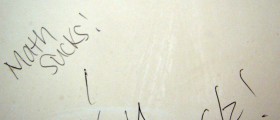
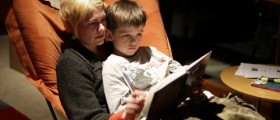
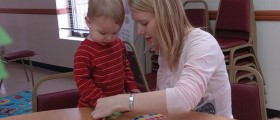





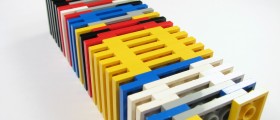



Your thoughts on this
Loading...